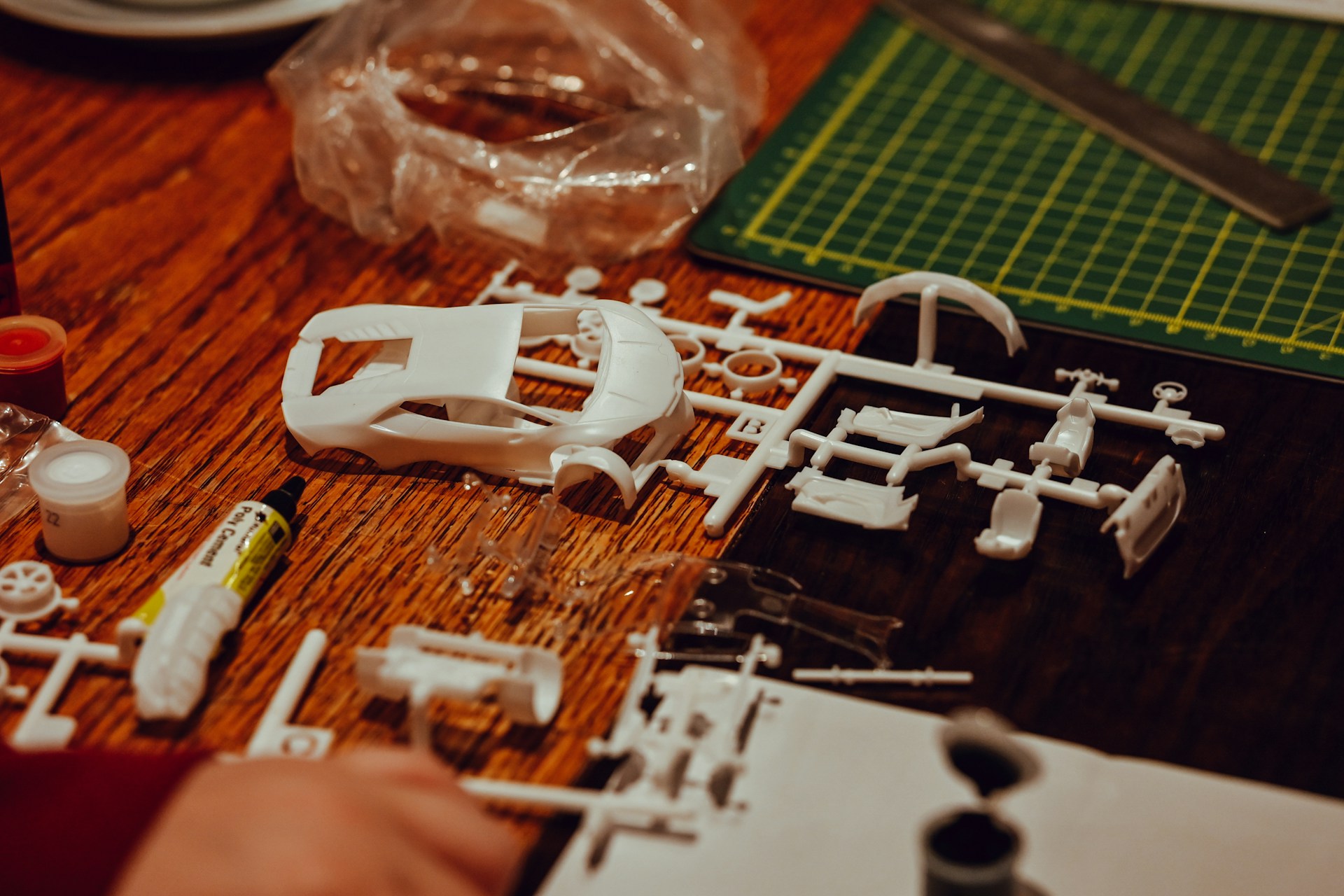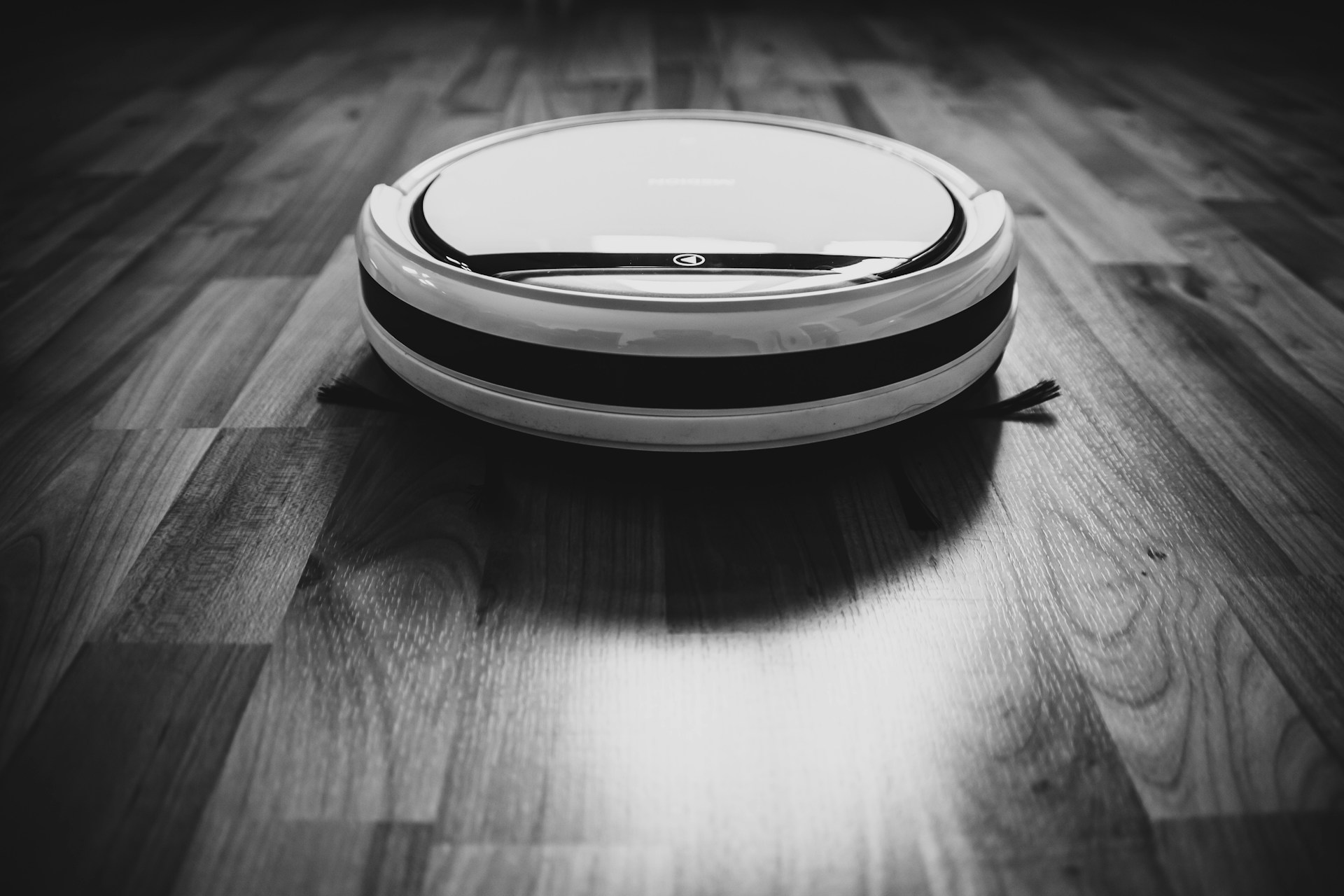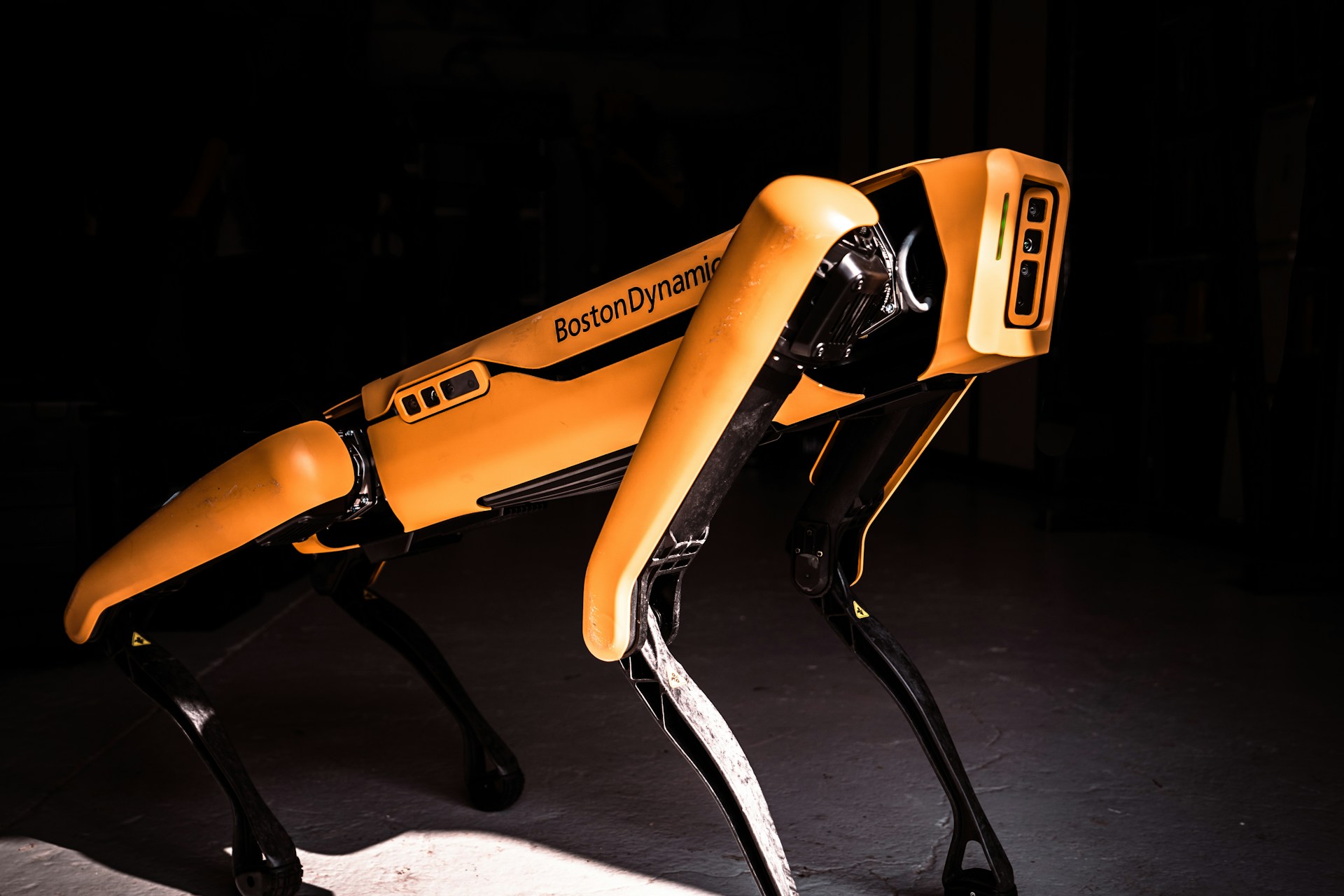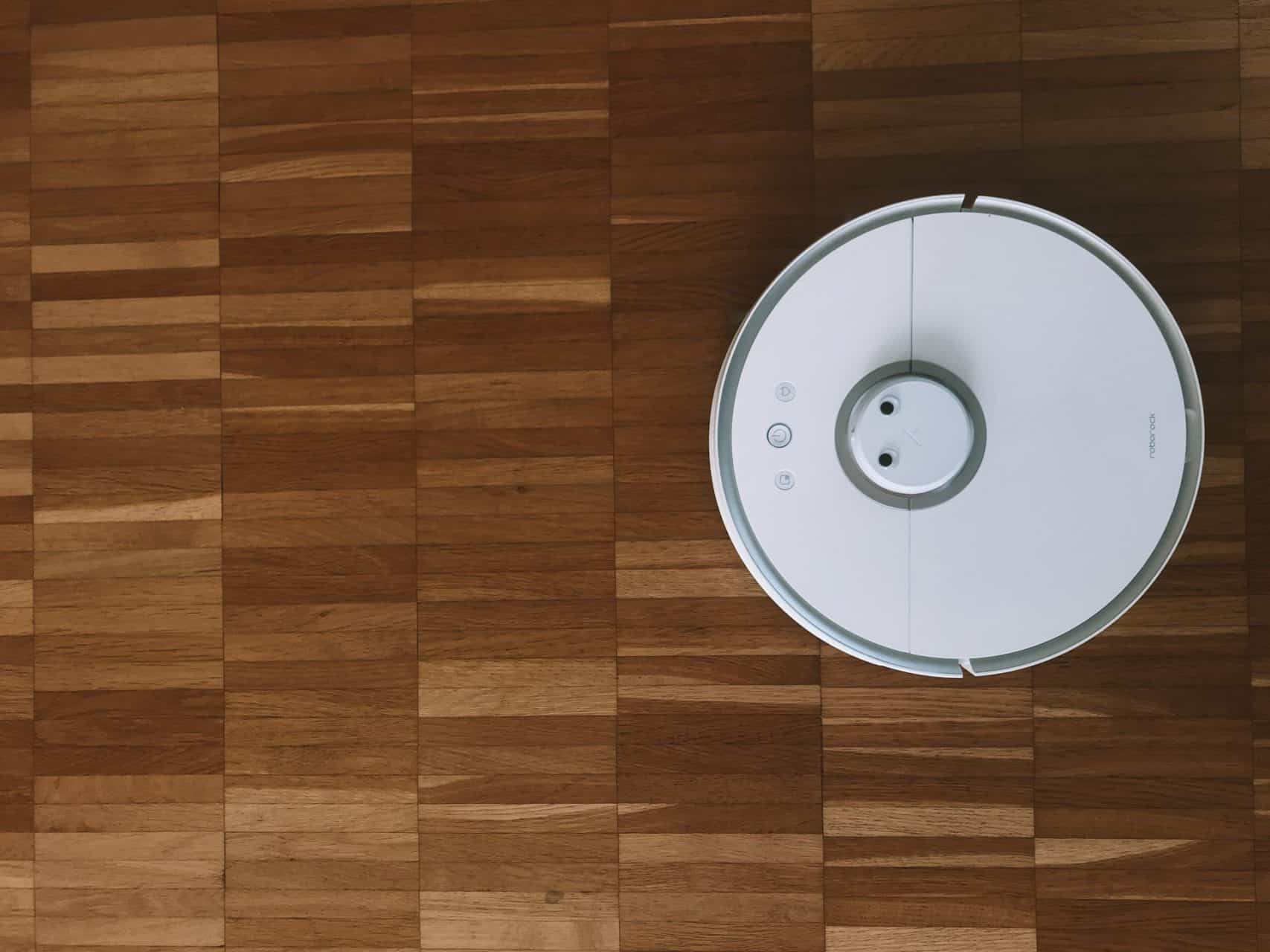
7 Types of Medical Robots Improving Health Care Today
September 6, 2023 - Ellie Gabel
Revolutionized is reader-supported. When you buy through links on our site, we may earn an affiliate commission. Learn more here.
Accuracy and speed are crucial in the health care industry. Maintaining that can be difficult with manual processes and amid staffing shortages, but robots excel in both areas. Unsurprisingly, then, many health organizations are turning to medical robots to improve their standard of care.
The idea of robots roaming hospital halls may sound futuristic, but it’s been a reality for years. Here’s a look at seven of the most significant types of robots disrupting health care today.
1. Diagnostic Robots
Preliminary diagnoses and triage are one of the most impactful uses for medical robots. Machine learning algorithms can diagnose some forms of cancer with up to 90% accuracy, rivaling human doctors. They also often come to these conclusions much faster than conventional diagnostic methods.
Using AI-equipped robots to diagnose patients saves vital time. Even if the final decision remains with human doctors, these early diagnoses can help speed the process so patients get the care they need sooner.
Another benefit of diagnostic robots is that they can check on patients when hospital staff are unavailable. That way, labor shortages or hospitals nearing their maximum capacity won’t prolong the diagnostic and treatment processes. Given the industry’s high turnover rate, that’s a crucial advantage.
2. Surgical Robots
After diagnosing patients, some robotic systems can even treat them. Surgery robots have been around since 1997, though they’ve only become commonplace in the past few years. Today, surgeons have used them to perform hundreds, if not thousands, of minimally invasive operations.
Robotic surgery systems today aren’t fully autonomous. They require surgeons to control them remotely, but they have the advantage of having much steadier hands and being able to move in much smaller areas. These small, steady robotic limbs let doctors perform complex surgeries with minimal blood loss, tissue damage, infection risks or other complications.
The other major advantage of surgical robots is that they let more people receive expert care. Because they feature remote control, top surgeons can operate on patients many miles away, saving time and improving patient outcomes.
3. Radiation Therapy Bots
A similar kind of medical robot that’s seen rising adoption is the radiation therapy bot. As their name suggests, these machines deliver radiation therapy to cancer patients with precision and speed manual methods would struggle to achieve.
The most well-known of these solutions is a robot called the CyberKnife. The CyberKnife analyzes X-rays in real-time to locate lesions and target them with a radiation beam within a single millimeter of accuracy. If the patient moves, CyberKnife moves accordingly to avoid damaging any non-cancerous tissue, removing the need for restraints or anesthesia.
Other bots — like XACT Robotics’s ACE — take a different approach to radiation therapy. ACE sends probes under patients’ skin to target tumors with 1.7-mm accuracy to ablate or monitor them. The robot also weighs just a few pounds, minimizing the amount of space needed for the procedure.
4. Social Care Robots
Medical robots can address more than just physical health care, too. Some bots interact with patients to take care of their social and mental health needs.
One social care robot named “Stevie” can play games with patients, talk to them, sing with them and contact medical staff if needed. While these social interactions may not seem directly related to health care initially, they’re crucial to improving people’s spirits in otherwise lonely or stressful situations. That morale boost has a significant impact on patient outcomes.
Studies show positive emotions may decrease disease progression rates, while poor mental health often leads to less longevity. Social care robots aren’t a perfect replacement for human contact but can stave off loneliness when constant human socializing isn’t possible.
5. Exoskeletons
Wearable robots, more commonly known as exoskeletons, also play a role in health care. These robotic supports can help hospital staff move heavy items without straining themselves, but a more common application is using them in physical therapy.
Exoskeletons support patients’ limbs as they try to stand and walk. They provide enough support to keep patients upright without assistance while helping them through normal motions, helping them regain control and build strength. Sensors in the wearable robots can record changes in how patients respond, informing adjustments to their physical therapy routine.
This data and support make exoskeletons highly effective. Some physical therapists say exoskeletons take just one session to accomplish what would normally take five to 10 sessions.
6. Automated Disinfectant Systems
As the COVID-19 pandemic surged, hospitals started employing medical robots for cleaning and disinfection. Machines can’t catch contagious diseases, so they’re an ideal way to sanitize an area without fear of cross-contamination.
Cleaning robots use ultraviolet light to disinfect surfaces, as UV wavelengths kill bacteria, viruses, spores and fungi. This also allows robots to sanitize an area without physically touching anything, minimizing cross-contamination risks. Autonomous operation enables them to work among even the most contagious or sensitive patients without putting hospital staff at risk.
Staff shortages and busy schedules often stand in the way of thorough hospital cleaning. Using autonomous UV-equipped robots for these workflows eliminates that concern without requiring additional employees.
7. Delivery Bots
Delivery drones are another medical robot application that grew amid the COVID-19 pandemic. Autonomous or remote-controlled robots can deliver food, medical supplies or any other needed goods to patients without risking disease transmission.
At the pandemic’s peak, one company developed drones that could deliver 2,500 vaccine doses per day. Other businesses used delivery robots to carry food orders to people sheltering in their homes. The same systems can deliver critical medical supplies.
Delivery robots are useful outside of the realm of preventing the spread of disease, too. Hospitals can use them to bring supplies to patients while human employees focus on providing hands-on medical care. That productivity is particularly helpful for hospitals facing employment gaps.
Medical Robots Are the Future of Health Care
As robotic technology advances, new medical robot applications will emerge, and current ones will grow. Robots have too many medical advantages — from reducing staff burdens to boosting care accuracy to minimizing cross-contamination — for health care organizations to ignore.
Early examples and results are clear. Robots will thoroughly disrupt the health care industry for the better. It’s less a question of “if” and more one of “when.”
Revolutionized is reader-supported. When you buy through links on our site, we may earn an affiliate commission. Learn more here.
Author
Ellie Gabel
Ellie Gabel is a science writer specializing in astronomy and environmental science and is the Associate Editor of Revolutionized. Ellie's love of science stems from reading Richard Dawkins books and her favorite science magazines as a child, where she fell in love with the experiments included in each edition.







Articolo interessante per far comprendere quanto velocemente sta progredendo la ricerca robotica nel settore sanitario e di ausilio per i malati e gli anziani. Grazie
Saluti